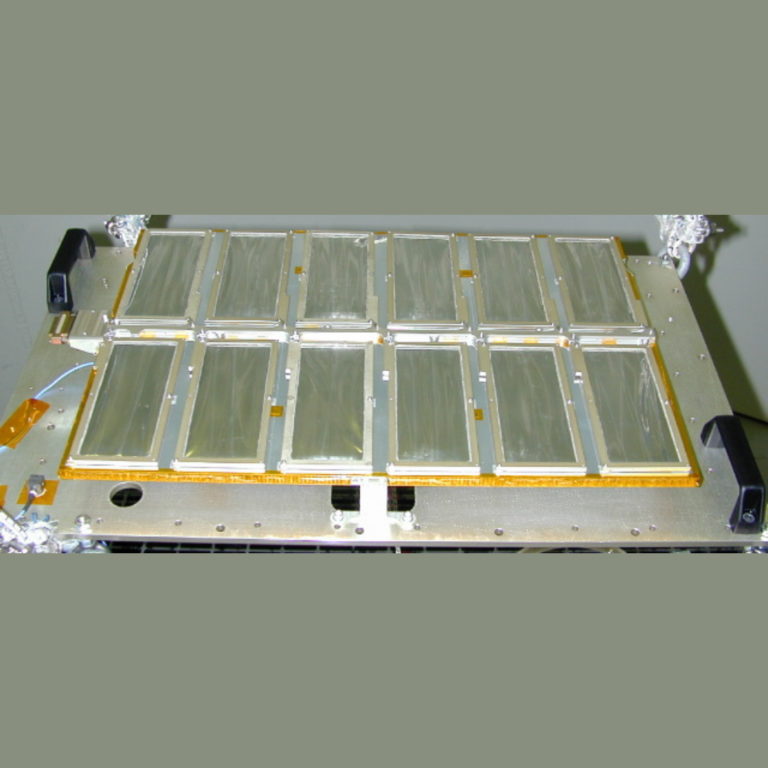VBSDC
Venetia Burney Student Dust Counter
The Venetia Burney Student Dust Counter (VBSDC) is an instrument aboard the New Horizons mission, designed to detect dust impacts in outer space. VBSDC was designed and built by students at LASP and the University of Colorado at Boulder, and is the first student-built science instrument to fly on a NASA planetary mission. The dust counter was named in 2006 after Venetia Burney, the young girl who originally named Pluto (previously called Student Dust Counter). With guidance from LASP professionals, the VBSDC team of graduate and undergraduate students designed, built, and tested the instrument, and students will continue to run the VBSDC for at least another decade, performing operations and data analysis as their instrument journeys toward the edge of the solar system.
In 2010, VBSDC collected data on dust past 18 AU, earning the record for the most distant working dust detector ever to travel through space.
Science Target:
Science Focus:
Instrument Type:

